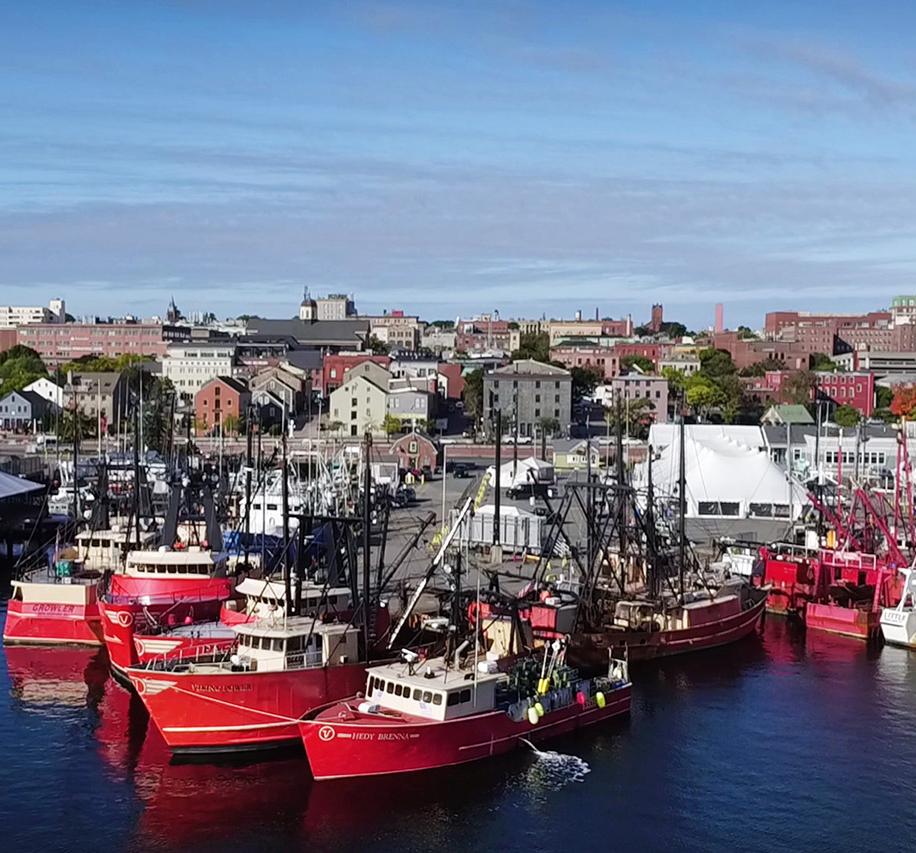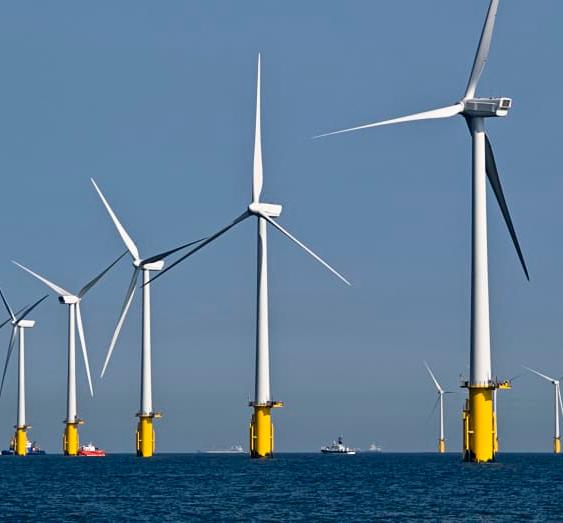
1 minute read
Our Strengths
by SRPEDD
Good, diverse infrastructure
The SRPEDD region is well-served by local, regional, and interstate roadways. According to the 2020 SRPEDD Regional Transportation Plan2, the network is well-maintained and only experiences minor-to-moderate congestion and safety issues. With a stable power grid and broadband infrastructure (such as the OpenCape network33), we are likewise well-connected to modern electrical, broadband, and emerging green energy infrastructure required to compete in the 21st century economy. The region hosts examples of unique private facilities, such as Dighton’s Taunton River Desalination Plant (owned by Aquaria Water LLC). Lastly, we are home to several deep-water ports located on Mt. Hope Bay and Buzzards Bay that permit direct access to shipping lanes to Vineyard Sound, Nantucket Sound, and the North Atlantic beyond.
2 For more information, please see Appendix C of the SRPEDD Regional Transportation Plan, 2020.
3 For more information, please see the OpenCape websitewww.opencape.org/
Competitive housing costs and new transit connections to Boston

Our housing costs are competitive. Bristol and Plymouth Counties have comparatively more affordable Median Sales Prices for Single-Family homes4 – a benefit to households as they make decisions about where to live and work. Additionally, comparing the region’s four cities to Boston and Providence reveals an even larger price difference and regional advantage. Finally, the long-anticipated South Coast Rail project is set to begin direct Massachusetts Bay Transportation Authority (MBTA) commuter rail service to Boston in late 2023; these new transit connections will allow workers to move to the region and permit easier access to metro Boston for business and pleasure.
4 2020 Median Sales Prices for Single-family homes. Massachusetts: $447,000; Plymouth County: $437,000; Bristol County: $356,000
Off-shore wind and ocean-based industry clusters

Southern New England and Southeastern Massachusetts are home to an emerging cluster of businesses and academic institutions focused on the economic potential of the ocean. Our region is uniquely positioned – thanks to its ports, infrastructure, and organizations – to participate in this promising new economic sector.5 And while these emerging technologies and industries hold incredible potential, they will only add to our region’s existing ocean-based economy, with New Bedford leading the way as the nation’s leading fishing port and an enormous economic engine for the Commonwealth.6
5 For more information on this emerging Opportunity, please see the “Marine Science and Technology clusters” Opportunites on page 20.
6 In addition to fishing, the New Bedford/Fairhaven Harbor also handles cargo and recreational boating. The port’s annual value is roughly $11 Billion with nearly 7,000 direct jobs. Economic Impact Study of the New Bedford/Fairhaven Harbor, 2018, page 3 - www.portofnewbedford. org/wp-content/uploads/2019/04/Full-2019-Martin-Report.pdf



